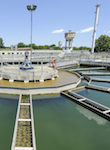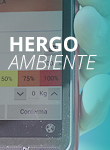Hera and General Electric together for energy recovery
Focus
Focus
Category Facet
Custom Facet
Search Results
-
Web Content Article · By LUCIA ALGISI On Dec 18, 2024 11:20 PM
The connection between the water cycle and agriculture has grown increasingly strong over the years, based on a straightforward principle
Categoria Progetto: Innovation Water Project -
Web Content Article · By LUCIA ALGISI On Nov 29, 2023 2:30 PM
Early warning system with innovative FingerPrint technology to ensure safe water
Categoria Progetto: Innovation Water Project -
Web Content Article · By LUCIA ALGISI On Nov 29, 2023 2:35 PM
Discover the project for “removing and capturing” microcontaminants with recycled materials
Categoria Progetto: Innovation Water Project -
Web Content Article · By LUCIA ALGISI On Nov 29, 2023 12:05 PM
Hera continues experimentation of the innovative, fast and low-cost contactless system that uses space technology to detect water leaks in the network more quickly and productively
cosmicrays Categoria Progetto: Water Project Innovation -
Web Content Article · By LUCIA ALGISI On Nov 29, 2023 12:21 PM
The pilot project involving the installation of Kamstrup meters was carried out in Conselice, near Ravenna, and yielded excellent results. The tests now continue in Modena, covering a larger area
Categoria Progetto: Innovation Water Project -
Web Content Article · By LUCIA ALGISI On Aug 4, 2020 4:49 PM
Thanks to the Optimised Seawater Protection Plan”, Rimini's beaches will be 100% safe to swim. Discover the most important milestones and works of the project to protect the sea
psbo Categoria Progetto: Heratech Project Circular Economy Water Project -
Web Content Article On Aug 4, 2020 4:26 PM
We monitor the sewerage networks from high up on the European Space Agency's satellites to prevent any damage and take preventive action. Modena and Bologna lead the pilot project. Find out more.
Categoria Progetto: Water Project Innovation -
Web Content Article On Aug 4, 2020 4:19 PM
The ultrasound hydrolysis system, installed in the Forlì treatment plant, makes the life cycle of wastewater sludge circular. The result: less sludge to dispose of, and more biogas produced.
circulareconomy Categoria Progetto: Circular Economy Water Project Innovation -
Web Content Article On Aug 4, 2020 4:04 PM
Hera Group's drones are alternative and supplemental investigation tools to provide quality services to the areas we serve.
Categoria Progetto: Water Project Innovation -
Web Content Article On Aug 4, 2020 3:44 PM
Modena's smart purification plant is COSTANCE, the prototype of the purification plant of Granarolo dell'Emilia. Two outstanding examples of sustainable water resource management.
utility4.0 Categoria Progetto: Water Project Innovation
Asset Publisher
We have installed a turbo expander at the R&M stations of Ducati's factory in Bologna. The goal is to recover electricity from the decompression process of methane gas.
An experimental and innovative project with an ambitious goal: energy recovery and lower consumption of fossil fuels by decompressing the methane gas distributed in urban networks.
The exclusive agreement between Hera Group and General Electric specifically involves installing a turbo expander at the R&M stations (gas delivery points) of the Ducati factory in Bologna. It is a medium-small turbo expander (330 kW electric), which can be installed in medium-sized R&M stations, that in combination with a heat pump that uses CO2 as a thermal carrier fluid, recovers part of the electric energy to preheat the gas used in the process.
In 2019, we completed all the production start-up activities and started the provisional running phase, in order to carry out all the performance and endurance tests. It is scheduled to start operating at full capacity in the second half of 2020.
Once the testing is completed, if the expected performance is confirmed, this technology can be installed in other methane gas decompression stations of the Hera Group.
The project, moreover, contributes to achieving target 7.3 of the UN’s 2030 Agenda.
Search Bar
Tag Facet
Search Results
Asset Publisher


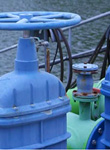
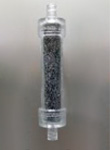

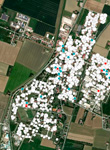
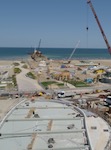


.jpeg/1d0e0770-1094-b22b-fce4-099f27c72978)
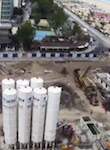
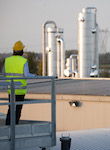
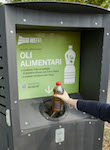

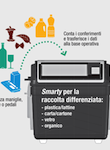
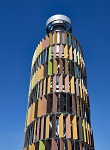

.jpg/468d051b-ba80-83a6-359d-7ef55eefd940)
